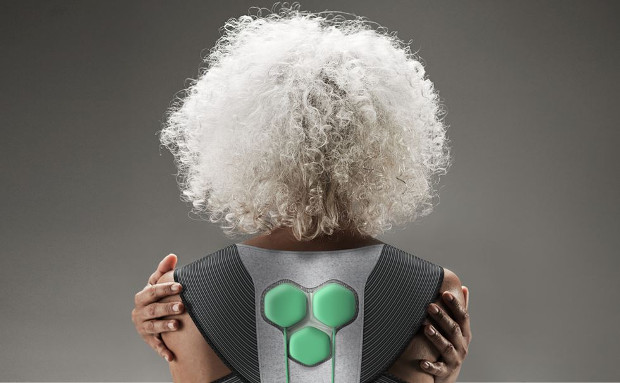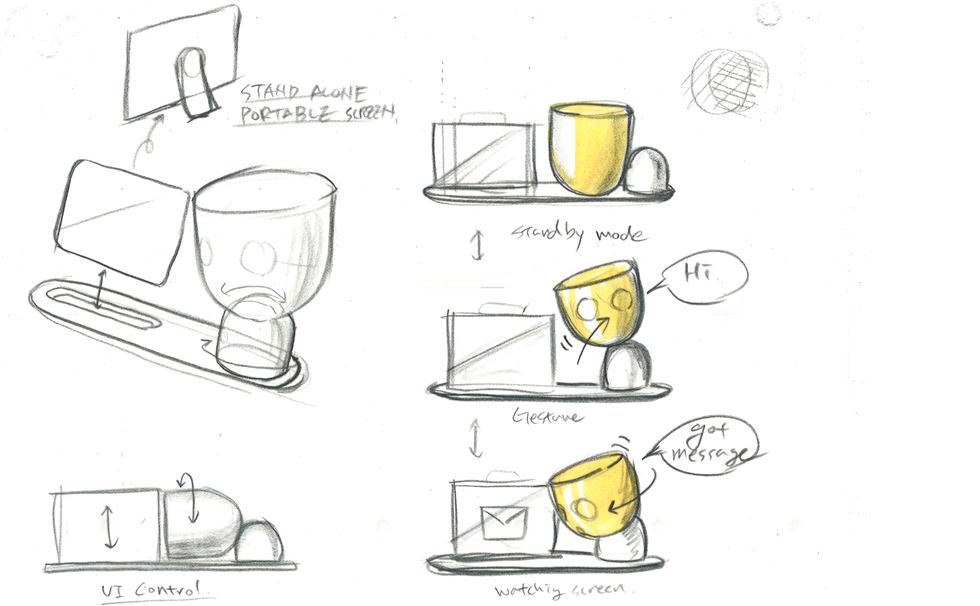
New designs for old age
Design Museum exhibition examines contemporary design solutions to the problems we'll all face in later life
As the developed world’s population ages, so the demand for good design among senior citizens increases. A new pop-up exhibition at London’s Design Museum examines ways in which product designs can meet that market and enable a demographic that's traditionally been shunned.
Entitled New Old, the show runs 12 January – 19 February in the museum’s Helene and Johannes Huth Gallery and considers how designers might meet the challenge of a rapidly ageing society.
Curated by Jeremy Myerson, Professor of Design at the Royal College of Art, the exhibition is organised into six sections - Ageing, Identity, Home, Community, Working and Mobility.
Pieces on show include simple, yet not wholly unfamiliar products, such as Priestmangoode’s hybridised shopping bag and scooter, Scooter for Life, as well as more advanced pieces of product design. Yves Béhar “emotionally intelligent robotic companion” ElliQ is supposed to make old people feel a greater connection with the contemporary world, while Superflex’s Aura, also produced in conjunction with Béhar, is something part-way between a robotic exoskeleton and a full-body support bandage, bringing additional strength and mobility to frail bodies.

The model in the Aura suit, alongside much of the look and feel of the other exhibits, which have been created by Konstantin Grcic and IDEO among other design firms, does not look especially elderly. Though perhaps this is part of the point.
New Old is subtitled Designing for our Future Selves, suggesting that young and middle-aged visitors are most likely to benefit from these kind of goods, rather than today’s pensioners.
Should we find this comforting? Perhaps. It might not be pleasant to dwell on the bigger challenges of our twilight years, yet so long as there are designers willing to tackle them, at least we won’t be facing them alone.
For more on the Design Museum's shows consider the books we publish in conjunction with it; for more on product design from the earliest industrial goods to the iMac get The Design Book; and for more on this brilliantly revitalised British institution get The Story of the Design Museum.